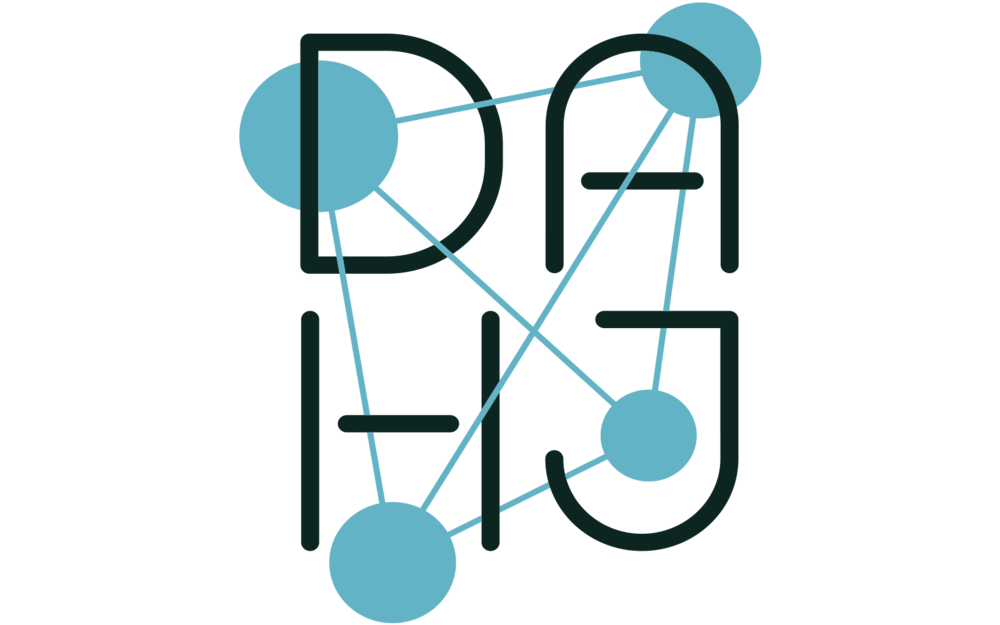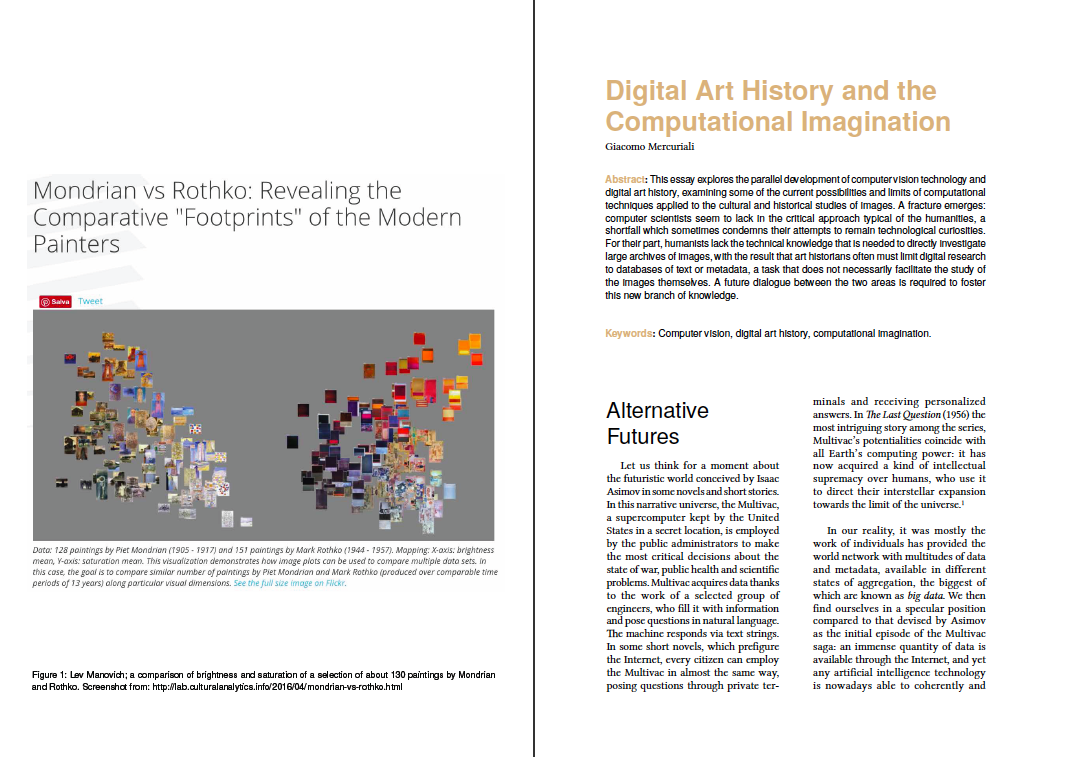Abstract
This essay explores the parallel rising of computer vision technology and digital art history, examining some of the current possibilities and limits of computational techniques applied to the cultural and historical studies of images. A fracture emerges: computer scientists seem to lack in the critical approach typical of the humanities, a shortfall which sometimes condemns their attempts to remain technological curiosities. For their part, humanists lack in technical knowledge that is needed to directly investigate big archives of images, with the result that art historians often must limit their attempts in the computer-aided inquires on texts or metadata databases, a task that does not imply the study of the images themselves. A future dialogue between the two areas is claimed as a necessity to foster this new branch of knowledge.
DOI: https://doi.org/10.11588/dah.2018.3.47287
Author
Giacomo Mercuriali
is a PhD candidate in Aesthetics at the Università degli Studi di Milano. He his working on political iconology and the relationships between art and political philosophy. He is also part of a research team that organises a seminar on image theory at the Department of Philosophy in the same university (https://filosofiadellimmagine.com).

